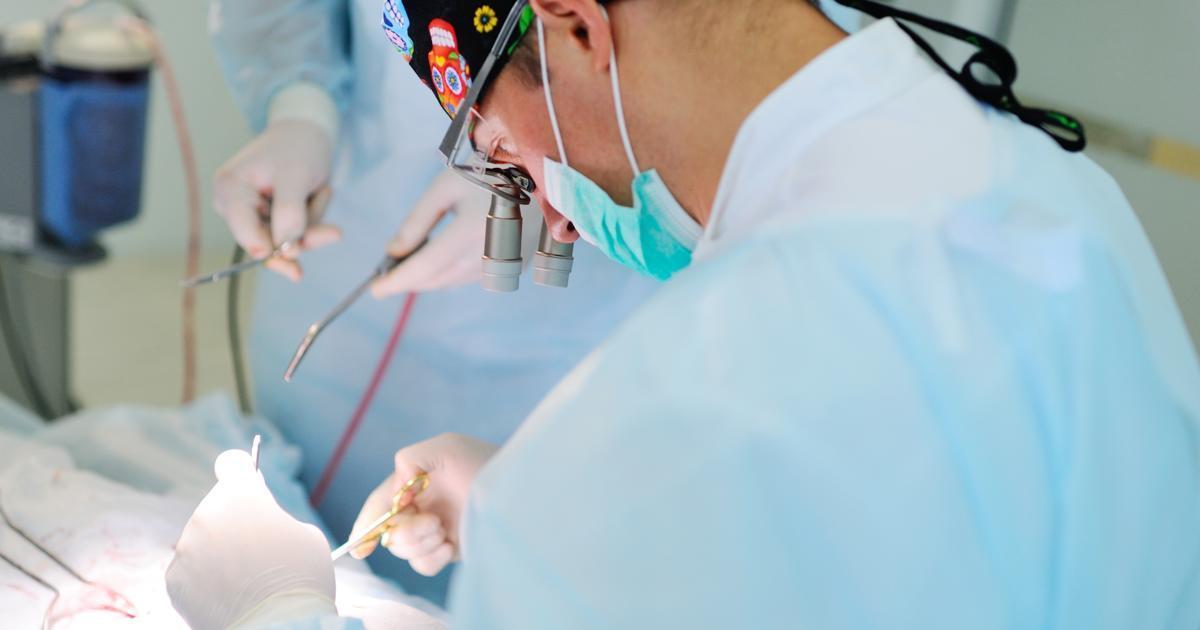How To Treat Dystonia
Dystonia is a movement disorder that causes twisting and jerking muscle spasms. The involuntary movements cause abnormal body postures and painful contortions. Dystonia is a rare disease, affecting only one percent of the entire population. The exact cause of dystonia remains unknown, but research suggests the problem arises from a malfunction in the brain's basal ganglia. Genetics, other medical influences, drug reactions, a stroke, or tumor can also cause cases of dystonia. The types of dystonia and severity of the condition vary from mild to severe. Some individuals only experience localized dystonia in one muscle, while others have little control over their whole bodies.
Presently, there is no cure for dystonia, but there are treatment options that can help reduce symptoms.
Deep Brain Stimulation

As a surgical option, deep brain stimulation for dystonia works by placing a battery-generated simulator into the brain and using it to send electric pulses to targeted areas. Electrical stimulation through deep brain stimulation is used to treat a variety of neurological disorders. Doctors suspect the increased stimulation reduces excessive nerve impulses and signals, which cuts down the tremors, twisting, and muscle spasms in dystonia patients.
During deep brain stimulation surgery, adult patients are usually awake for a portion of the surgery, responding to questionings and following commands from surgical staff. Outpatient surgery is required to replace the simulators over a period, and it can take weeks to months for patients to begin experiencing the full benefits of the stimulation.
Keep reading to reveal more dystonia treatments.